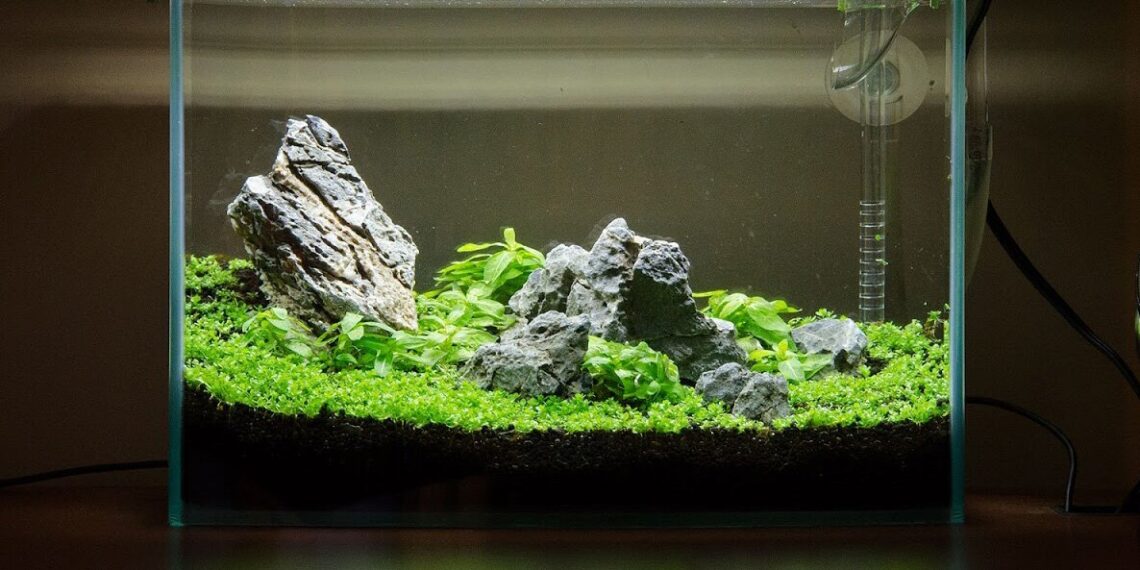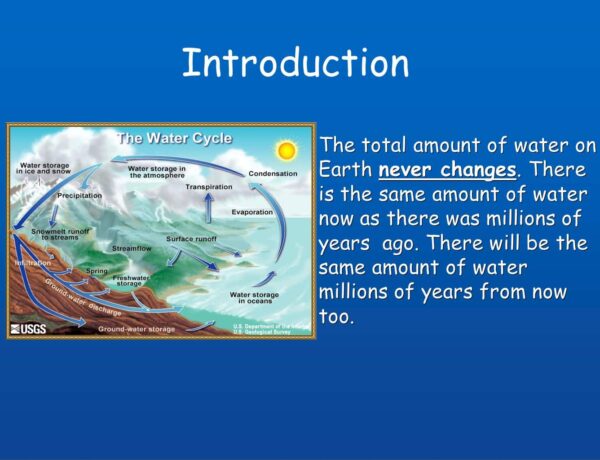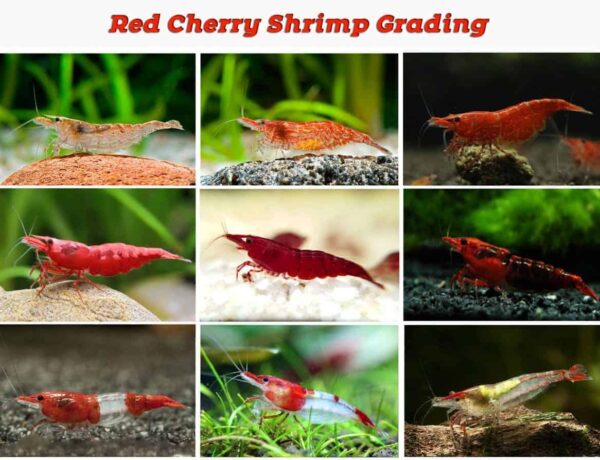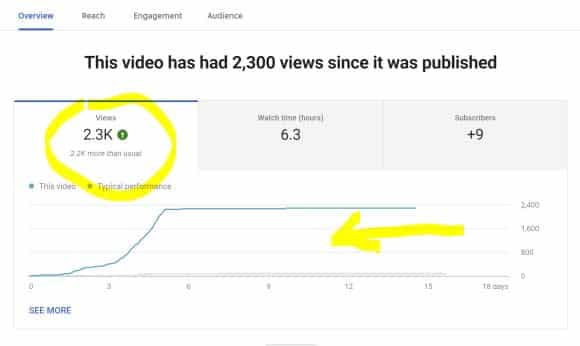Nano Size
This isn’t a golden rule, but I personally classify anything under 10 gallons as a nano aquarium. Why? Because it seems when dealing with any body of water that is under 10 gallons, it’s all about the art of maintaining stable water parameters. (provigil pharmacology) Some shrimp or fish are less sensitive to certain parameters so you can have a bit of error forgiveness, whereas others like crystal red shrimp or big king kong shrimp are something you need to take seriously (considering how much they cost).
Cost
Nano tanks are considerably less expensive than some of the larger aquariums on the market. Even with additional parts like lily pipes, canister filters, light upgrades, you can squeeze by with some nice equipment for the fraction of the cost. You can also pick up some of the “whole package” tanks, such as the Fluval Spec. In packages like these, the parts usually are not top notch, but they allow you to house Red Cherry Shrimp and other inhabitants you might want. Just don’t expect to house schools of fish or sometimes even a Betta (5+ gallons or more for Betta is recommended)
Maintenance
One great thing about Nano aquariums is how relatively easy they are to maintain. If you have floating magnet glass scrubbers, angled siphons, and curved trimming scissors, then it’s simply a breeze to do your weekly to monthly maintenance depending how high tech your aquarium is.
Water Parameters
There is a wide range of parameters you could know about your water.
- Temp – Temperature of the water.
- Ammonia – Decaying matter within the tank. Either by dead plants, fish/shrimp waste, and uneaten food.
- Nitrite – Beneficial bacteria converting ammonia into nitrite.
- Nitrate – Beneficial bacteria converting nitrite into nitrate. The end process of the nitrogen cycle, which is consumed by plants.
- PH – Measurement of how acidic or basic the water is.
- KH – Carbonate Hardness, or alkalinity of the water. Normally higher KH will indirectly raise PH.
- GH – General Hardness, or measurement of mineral content of the water in form of calcium & magnesium (GH > 4 will ensure proper molting).
- TDS – Total dissolved solids. Great indicator of when to do a water change from mineral build-up.
Fauna
Whether it’s fish or shrimp you’re going to keep in your nano aquarium, you will need to make sure your filtration and aquarium size is supported by how big they will get and how much waste they produce. Click here to find out what you can support into your nano aquarium.




No Comments